Editing
What is Editing?
Editing is the process of reviewing and making changes to written material to improve its clarity, accuracy, readability, and overall quality. Editing involves checking for grammar, punctuation, spelling errors, and ensuring that the content is well-organized and coherent. It also includes refining the style, tone, and flow of the writing to make it more engaging and effective.
Why is Editing Important?
Editing is important because it ensures that the final content is polished, professional, and free of errors. Well-edited content is easier to read and understand, making a positive impression on the audience. It enhances the credibility and authority of the writer and the brand, helping to build trust with readers.
Editing also improves the effectiveness of the content by ensuring that the message is clear and compelling. It helps refine the content to align with the intended goals and audience, increasing its impact and engagement. Overall, editing is a crucial step in the content creation process that contributes to the quality and success of the final output.
Best Practices for Effective Editing
1. Take a Break
After writing, take a break before editing. A fresh perspective helps you spot errors and inconsistencies that you might miss immediately after writing. Even a short break can improve the effectiveness of your editing.
2. Edit in Stages
Edit in stages, focusing on different aspects of the content each time. Start with a structural edit to check the overall organization and flow. Then, move on to a line edit to refine language, style, and tone. Finally, perform a copy edit to correct grammar, punctuation, and spelling.
3. Read Aloud
Read the content aloud to catch awkward phrasing, run-on sentences, and other issues that might not be as apparent when reading silently. Reading aloud helps you hear the rhythm and flow of the writing, making it easier to identify areas for improvement.
4. Use Editing Tools
Utilize editing tools like Grammarly, Hemingway, and ProWritingAid to assist with grammar, style, and readability. These tools can help identify errors and suggest improvements. However, do not rely solely on tools—use your judgment and expertise to make final decisions.
5. Focus on Clarity
Ensure that the content is clear and concise. Eliminate unnecessary words, jargon, and complex sentences. Aim for simplicity and precision to make the content more accessible and engaging for the audience.
6. Maintain Consistency
Check for consistency in style, tone, and formatting. Ensure that headings, subheadings, fonts, and other design elements are consistent throughout the content. Consistency enhances readability and professionalism.
7. Verify Facts
Double-check facts, statistics, and references to ensure accuracy. Verify quotes, names, dates, and other factual information. Accurate content builds credibility and trust with your audience.
8. Seek Feedback
Get feedback from colleagues, peers, or professional editors. A second pair of eyes can provide valuable insights and catch errors you might have missed. Constructive feedback helps improve the quality of the content.
9. Proofread Thoroughly
Perform a thorough proofreading to catch any remaining errors in grammar, punctuation, and spelling. Pay attention to details and read slowly to ensure nothing is overlooked. Proofreading is the final polish that ensures the content is error-free.
10. Review for Alignment
Ensure that the content aligns with the intended goals, audience, and brand voice. Check that the key messages are clear and effectively communicated. Alignment ensures that the content meets its objectives and resonates with the audience.
By following these best practices, you can effectively edit your content to enhance its clarity, accuracy, and overall quality, ensuring a polished and professional final product.
For more terms, return to the content marketing glossary and freelance writing glossary.

